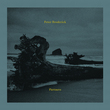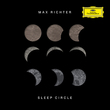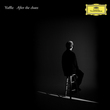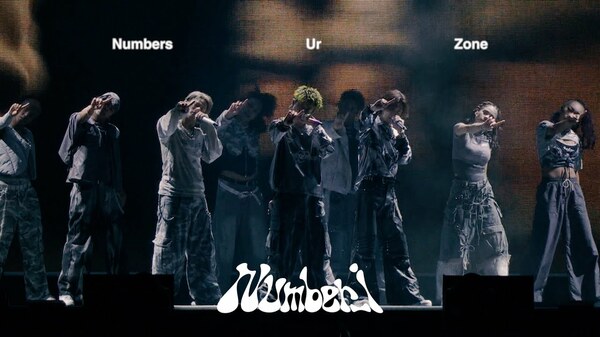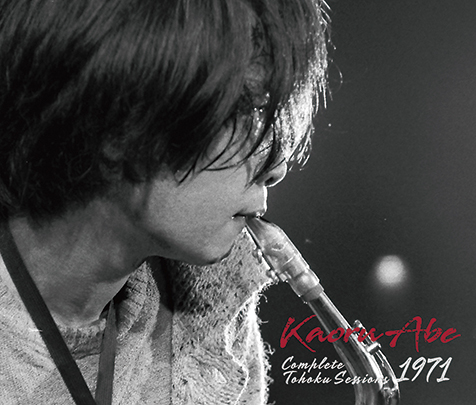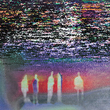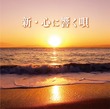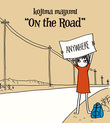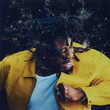
What Peter Broderick is pursuing throughout his career may be interpreted as something like [the augmentation of post-classical music]. Post-classical music is so often viewed as some monochrome music anchored by piano and strings, resulting from reinterpreting drone, ambient elements abstracted from classical or contemporary music. Peter Broderick is the one artist who has been breathing in bountiful colours to this genre by connecting the music there with elements of folk or indie rock.
His discography, including co-works and collaborations, goes wide range, in which one of his earliest works, “Home” (2008) is filled with folk sounds making it a piece suit to be listened to together with the likes of Bon Iver or Fleet Foxes. In “Colours Of The Night” (2015), the band ensembles he delivers suggests the sounds by Neil Young. On the other hand, he taps into chance operations developed by John Cage on his latest piece, “Partners” (2016), exhibiting his ever-challenging approach as a musician. He even extends his selection of subjects for his works to the current situation of media in the music field, picking as the title for his album the URL of a website, “http://www.itstartshear.com” (2012) (, a site that allows for viewing of album arts or lyrics plus various pieces of information related to songs). “These Walls Of Mine” (2012) that was recorded based on a collection of songs he enjoyed sharing with his fans on the internet uploaded together with photos or text, together with the former mentioned URL-titled album, makes for two of the most impressive works he has recorded.
Peter Broderick who is unleashing his one-of-a-kind gift in the modern music scene will be making way Japan-bound to play a tour of 6 shows in 5 cities across the nation, over the course of a week starting on the Friday, 23rd September to Thursday, 29th.
And so, Mikiki is proud to share this great interview with the artist himself, Peter Broderick, the musician not exactly introduced enough in Japan. Read on to find out the full-picture of the musician who tells us about his musical career, influences and highlights of the upcoming tour.
★ Click here for more details of the tour in Japan
My inspiration changes all the time
――Could you tell us how you began your career as a musician?
My career in music really began when I was invited to join the Danish band Efterklang in 2007. Before that I played with many different groups in Portland, Oregon, but I also went to school part time and worked at a job making pizza. I got in touch with Efterklang on Myspace, which at the time was quite a good platform for sharing music and connecting with fellow artists. They made the very brave move of inviting me to move to Denmark to tour with them, playing in their band and also supporting concerts as a solo act.
――What kind of influence did the experience playing with Efterklang leave on you in terms of your music?
It’s interesting, because Efterklang was one of my favorite bands before I started to perform with them, and those guys are still my heroes . . . but somehow I feel that it’s almost a completely separate endeavor from my solo music. Perhaps someone on the outside could see it better, but I myself am not really able to see the direct influence from them on my music. What they definitely did help me to learn though was how it do tons of traveling and play many, many concerts. We had so much experience on the road together!
――Broadly speaking, we think that Efterklang can be considered to belong to the indie-rock domain, but is there any part or element of you that you think is influenced by the so-called indie-rock sounds or its culture?
Absolutely. I think ‘indie-rock’ is a very broad term, and like all terms for music, very subjective. But I remember discovering so-called ‘indie’ music as a teenager and being completely fascinated. I didn’t really understand what the term meant, but I knew that it was being applied to several things I liked listening to. I suppose in a broad sense ‘indie’ just means that the music is made independently with full creative freedom by the artists, as opposed to being controlled by big record labels that primarily aim to make money. In that sense I very much support ‘indie’ music!
――Which bands, specifically, were the ones that fascinated you as a teenager?
When I was young I listened to a lot of the ‘alternative rock’ that was popular in the USA in the 1990’s . . . lots of Nirvana, Weezer, Smashing Pumpkins, Soundgarden, Silverchair, Stone Temple Pilots, Bush, etc… Then I got into even heavier, more extreme music, more punk and metal sounds. Even though I played the violin from the age of seven, and there were many acoustic instruments in our house, it was not until I was 16 or so that I began to appreciate softer music. At that time I fell in love with the score for the film [Donnie Darko] (by Michael Andrews※1), and with the singer-songwriter Elliott Smith, and I also loved a band from Seattle called Carissa’s Weird※2
※1 Born in 1967. Multi-musician, composer and producer. In his solo work “Spilling A Rainbow” (2012), Andrews portrays a folky and cinematic soundscape, reminiscent to that by Broderick.
※2 Sad-core band active from the late 90s to the early noughties. Known famously as the band that Ben Bridwell of Band of Horses used to played for.
――Now, let’s move on to your discography. Your solo debut piece “Docile” was indeed a piece of solo piano works, but from listening to “Home”, for example, we can tell that your music has been influenced by folk music from the early period of your musical career.
I feel that my inspiration changes all the time. I remember when ‘Home’ was released, I was being compared in reviews with Simon & Garfunkel quite often . . . and at that time I honestly could not tell you what Simon & Garfunkel sounded like! Only 7 or 8 years later did I start to listen to them at all (mostly to Paul Simon so far…). Elliott Smith was probably my introduction to more acoustic music that really affected me . . . although by the time I made ‘Home’ I wasn’t really listening to him any more. At that time I remember I was really inspired by a guy called Songs Of Green Pheasant※. There are probably many other influences that I am forgetting now.
※A home-recording Solo project by Duncan Sumpner from Sheffield, UK. Known for psychedelic folk sounds and released an album from FatCat records in the mid-noughties
――What would be those influences, specifically? Could you please tell us which folk musician(s) had an impact on you the most?
Perhaps a good one to mention is Brian Eno… When I discovered the world of Brian Eno in 2006, I was completely blown away by how diverse his catalogue was, and this encouraged me to pursue all the different types of music I have been interested in. I felt the same way when I discovered Arthur Russell a couple years later. Those two really experimented with such a vast range of musical styles!


